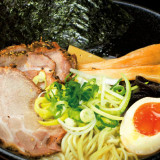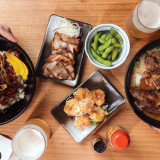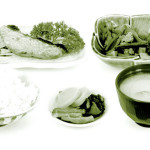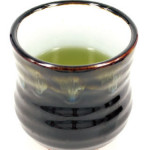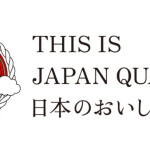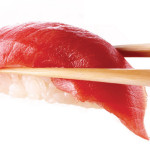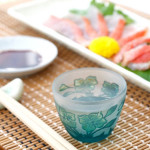
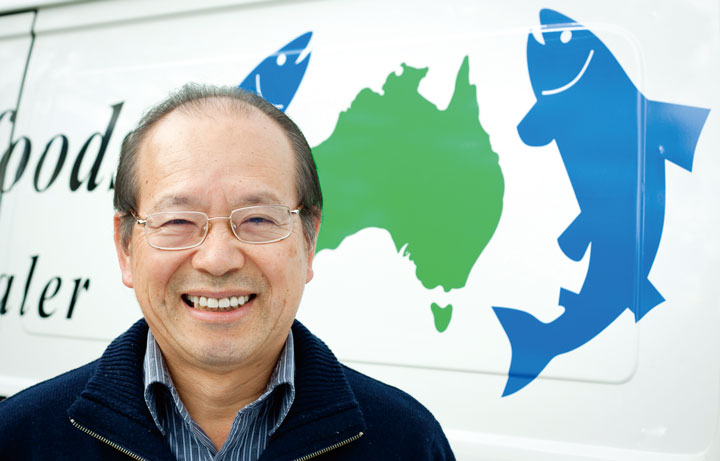
Obtaining Japanese knowledge and techniques in Melbourne
I started my current journey in New Zealand in 1982. I went there on a market research trip and was shocked by the volume of fish. It was also my first encounter with the red sea bass. I decided to start my own export business, selling abalone and the like back to the Japanese, but with no knowledge of modern Japanese preservation techniques, such as killing your catch on the spot, or draining the blood to keep it fresh during transport, I wasn’t very successful.
That’s not to say I didn’t learn from my mistakes. I decided that, instead of sending seafood to Japan, I should try selling it in Melbourne. This is what had led to my current business. I opened a small shop in Thornbury in 1983, moving to South Yarra and finally Footscray.
Fish – the origins of Japanese cuisine
Japan is surrounded by the sea, and as both warm and cool currents clash around it, it’s in a rare position to have always had abundant seafood. I don’t think it’s an exaggeration to say the Japanese have understood fish since ancient times. For example, at the opening of Tsukiji Market (the world’s largest fish market) in Tokyo this year, a single tuna sold for over $500,000. This is because the Japanese understand the value of tuna.
Of course, there are many ways of eating fish: raw, like sushi and sashimi, grilled, fried or simmered in sauce, you name it. However, the original way of eating fish is to have it raw. Within raw fish, you have red meat (such as tuna), pink meat (like salmon and trout) and white meat, but I think the most important thing is not the colour, but just to enjoy the fish that’s in season.
Japanese food in Melbourne
There are many reasons why Japanese cuisine is popular in Melbourne now. Locals now understand the variety, depth and artistic qualities of Japanese food culture, plus you can now also get very high quality miso, soy sauce and other seasonings. Personally, I think the variety of local seafood also plays a key role.
Both here and in New Zealand, you’ve got tuna, kingfish, sea bream, squid and other varieties on offer. And from about 16 years ago, when we started to see successful, high-quality Tasmanian salmon and trout farming, we’ve had a stable supply of those fish Australia-wide, too.
Finally, the experienced chefs who bring such fish to your table have played a huge role in disseminating Japanese food culture here.
Maintaining freshness and quality
We maintain very high standards of food safety through our HACCP Quality Assurance program: this comprehensive system ensures that every point at which the product may be adversely affected is prevented, monitored and recorded, then verified by an auditing body.
When we buy fish, we pack it in ice. This not only ensures body temperatures never rise above five degrees but also maintains quality; if you freeze fish, it generally cannot be used for sushi or sashimi.
Early every morning, when we visit the fish market, we go through every individual fish, keeping our eyes peeled for freshness and fat distribution, buying only the biggest and most seasonal fish. We then deliver these to the various shops and restaurants we serve.
Hopes for the industry
Japanese cuisine has enjoyed extraordinary success in Melbourne over the last 20 or so years. It would be nice if we could continue to promote Japan’s wonderful food culture proudly within this multicultural country.


